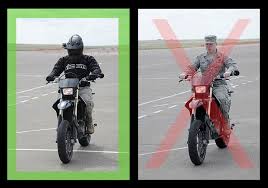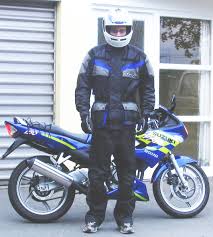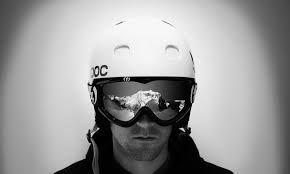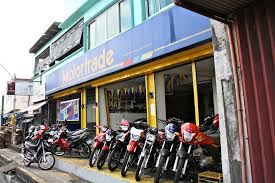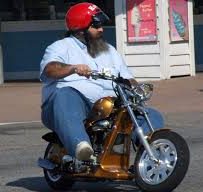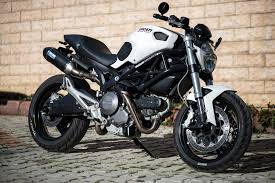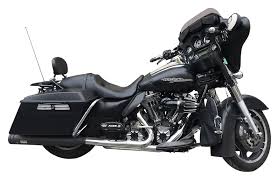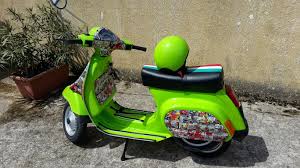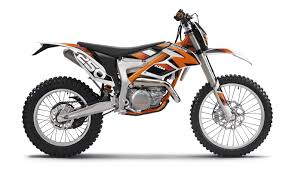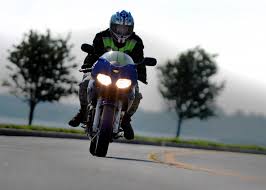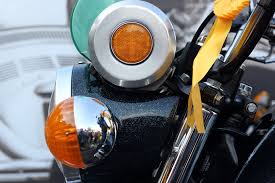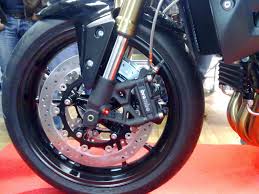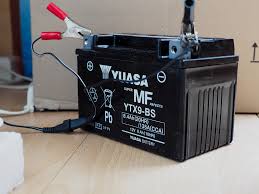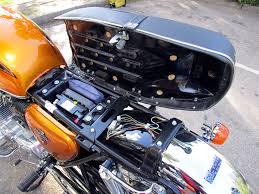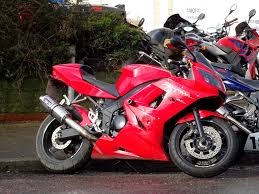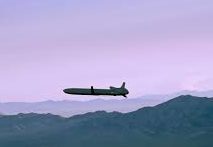
Act is the last part of the Scan-Plan-Act loop. Imagine the motorcycle as a guided missile with your moving center its guidance system. The missile is high speed, so what guides it has to be the same. As the missile flies, the guidance system constantly scans for obstacles plans alternative routes and occasionally acts to change direction. This why to to ride a motorcycle safely, your mind must be clear of worries, distractions and unrelated concerns. Being in the here and now is also why riding is so great. Its the nearest thing to flying you can do on the ground.
The commit point

The commit point occurs when you go from plan to execute. Before the commit point you can abort at no cost, but after the commit you are in the middle of an act that may be hard to stop. For example, suppose you are waiting to pull into a stream of traffic. You see a gap coming and plan to go, but as you do another car pulls into that gap from a drive close-by and accelerates towards you. You didn’t expect that! You want to stop so they don’t hit you, but its too late, as your already into the road. A panic stop now will make you a sitting duck, so you accelerate and they just miss. Trying to stop after a commit is like “half-swallowing” a thing, i.e. choking! Inexperienced riders end up in such situations when they commit too early. An experienced rider does not commit until the last possible moment – their actions are always just-in-time.
Just-in-time action
When committing to an action, there are two types of errors:
- Commit too early: To unnecessarily commit to a dangerous action.
- Cancel too late: Making things worse by cancelling an act half-way.
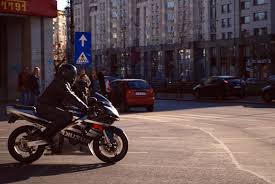
Commit too early is when you decide to go before you need to. Cancel too late is when you realize a problem mid-action and panic, like a deer on a railway line paralyzed by the lights of an oncoming train. Just-in-time action avoids both problems by not committing until the last possible moment, when the information is most complete. So when pulling into a cross-stream of traffic, start slowly and then quickly commit at the last moment. If another car pulls into the stream you see it and stop, or accelerate in front of it. In the fast changing world of motorcycle riding, dont go until you certainly can. The safe rider approaches the commit point slowly, then executes quickly after it
Testing the waters

People taste food before swallowing it and test the water with their foot before jumping in. On a motorcycle, going where you dont know is like jumping into a pool if you dont know the depth – foolhardy. Suppose you come to to an uncontrolled intersection at the same time as car, and you both stop. It is unclear who should go first. If you just wait, the car driver could do the same if they are cautious. If you just go, the car driver could again do the same, giving a crash. What I do is “test the waters”, by making as if to go but not committing. If the other driver stays then I carry on. If they also go, I stop and wave them on, as they will go. If you try to wave on a cautious driver they will just wave you on back, and you both sit there begging the other to go.
Accelerate out of trouble?

When I was young, other riders often talked about accelerating out of trouble, which sounded quite impressive. With experience, I now realize that you can also accelerate into trouble. Motorcycle speed is not a substitute for safe decision making. As explained above, its only after the commit point that acceleration gets you out of trouble. Before the commit point, it just puts you in danger. When you come to an intersection or turn, don’t plan to accelerate out of trouble. Just as a little kid cant outrun a dog, a motorcycle rider cant outrun every speeding car.
Road position
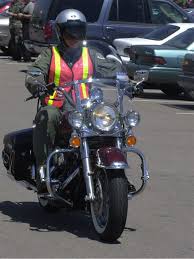
Where do you position yourself on the road? Unlike cars, motorcycles only fill half a lane. Where your motorcycle is on the road affects what you can do in a situation. Do you sit to the left, right or middle of the lane? If there are three lanes on a highway, do you choose the slow lane, the middle lane or the fast lane? Most cautious drivers seem to prefer the middle middle lane as they think it is safer. In my view, the outside lanes are safer for a motorcycle as they give you options to pull to the side. Some reasons to adopt a road position include to:
- Make space: To give more options.
- Improve vision: To get a better view.
- Signal intent: To suggest your intent to others.
- Improve being seen: See Be Seen.
Lets look at these in more detail.
Make Space
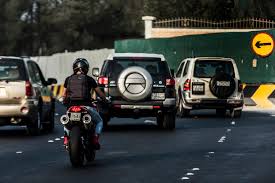
As you ride, try to make useful space around you. More space means more options and more options means less risk. Tailgating the center of the car ahead is stupid because if it stops suddenly, where will you go? A motorcycle rider who follows closely behind the center of a car is not threatening the car, but themselves. Follow behind a car to the left or right, on one wheel or the other, so if they stop suddenly you can swerve around them.
Improve vision

Riding behind a truck can block your vision. If you only see the back of the truck, you can only see one vehicle ahead. This is not enough. It means you are just about riding blind. You need to see several vehicles ahead to react in time if someone up ahead decides to stop suddenly. They won’t? Sure they will, sooner or later. On a motorcycle, you can move left or right to get a view ahead. This also lets the truck driver see you in their mirror. Get in a position to see, because on a motorcycle seeing is surviving.
Signal intent
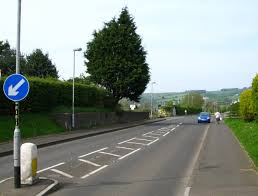
Where you are on the road indicates to others what you intend to do as much as your indicators. For example, when turning, move to the side of the lane you’re turning towards. If turning across the traffic, move to the middle of the road. If there is no gap in the oncoming traffic, you slowly keep moving or stop in the middle of the road. This may seem dangerous, but if your indicators are on others will see and avoid you. Why not fill the middle of the lane with your indicator on, like cars do? A turning car will block the lane but motorcycles dont, so cars behind will try to “squeeze” past you, which is dangerous. When turning across traffic, look for a cross-hatched middle area where you can stop safely to wait to turn across oncoming traffic.
Be effectual
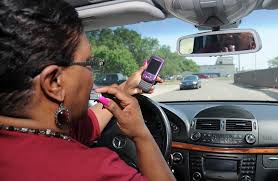
People talking on the phone while driving want to get two results for the price of one time slot, but such “multi-tasking” is a major cause of accidents. Trying to do two things at once while riding is ineffectual. High skill tasks like surgery and motorcycle riding favor the opposite – being effectual. As the surgeon on the TV show MASH said: “I do one thing at a time, I do it very well, then I move on.” To be effectual on the road, break complicated actions up into modules. If you want to swerve and stop, both require friction of which the road has a limited amount. If you try to do both at once you will probably skid. Being effectual means you swerve if there is time OR you straighten up and stop. Not both at once. So if you swerve to the side of a road into gravel, straighten up first, then apply the brakes.
The slow lane change
Sometimes the weather is so bad that the usual options are shut down. In hard rain stability is an every moment thing, so turning your head to direct sight back before a lane change is too dangerous and your mirror is just a blur. In this case the slow lane change is an option. It essentially involves moving into the other lane about three times slower than usual. First, move to the edge of the lane with your indicators on and sit there a while. Then slowly move to the other side of the line, and again sit there a while. Finally, occupy the lane in full. This move relies on giving other drivers time to avoid you.





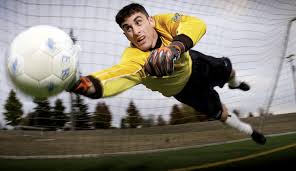
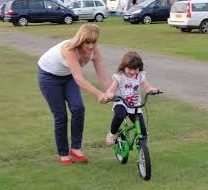
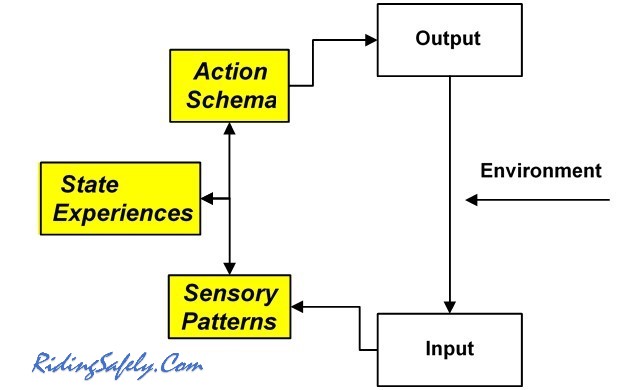
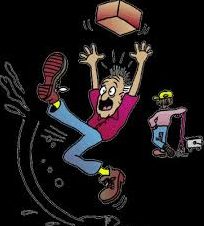
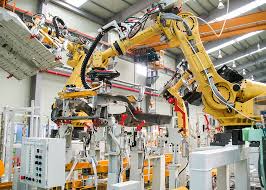
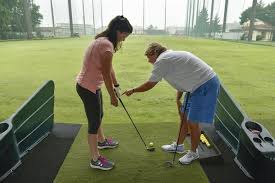
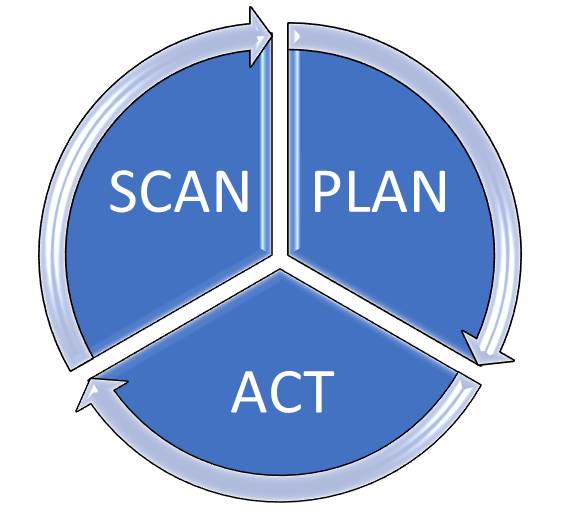
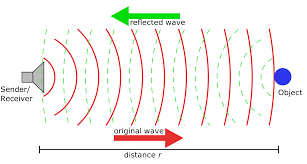
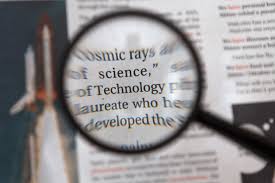
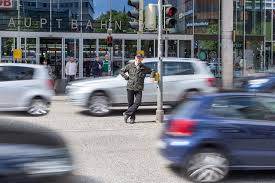
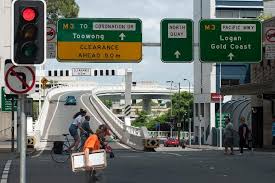
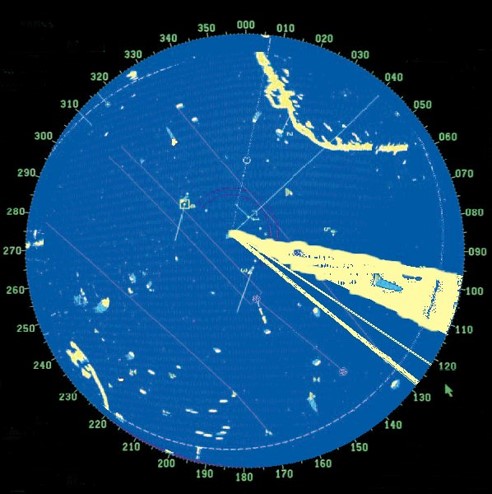
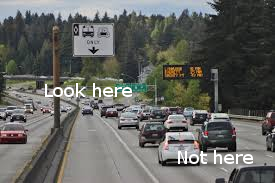
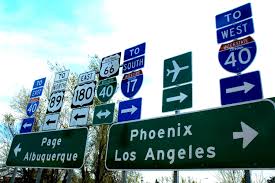




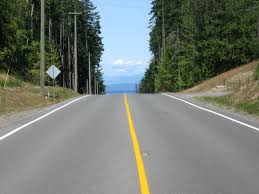
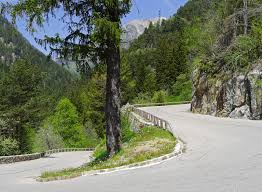
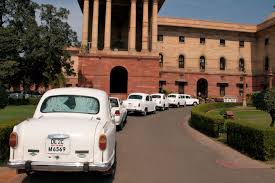
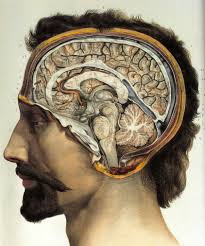

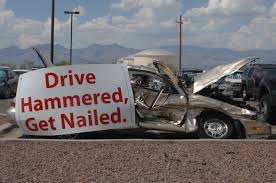
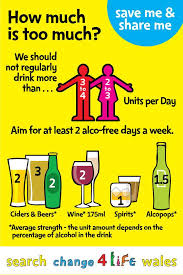
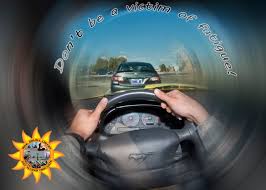

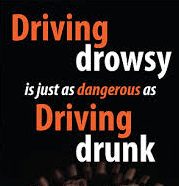 Riding while drowsy is just as dangerous as riding while drunk. A surprising number of people fall asleep at the wheel in cars, usually with bad results. They are not lazy people but more likely the opposite – hard working
Riding while drowsy is just as dangerous as riding while drunk. A surprising number of people fall asleep at the wheel in cars, usually with bad results. They are not lazy people but more likely the opposite – hard working 
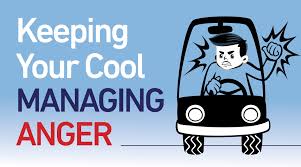

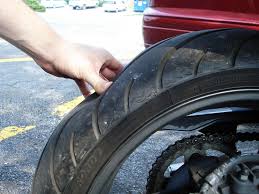
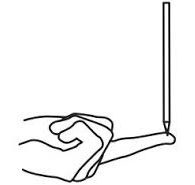
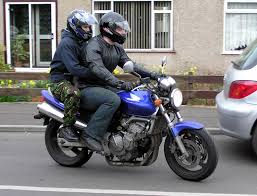
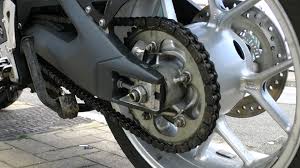
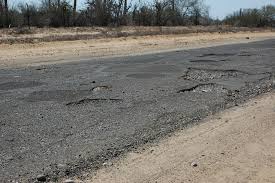
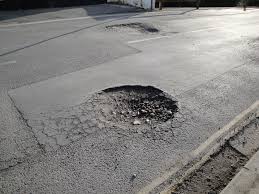

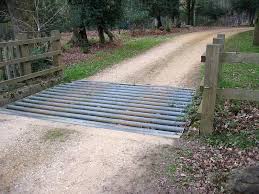
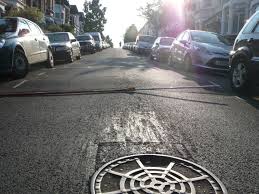
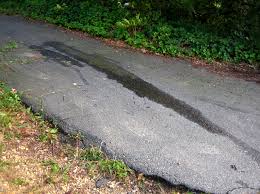
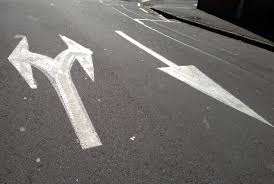


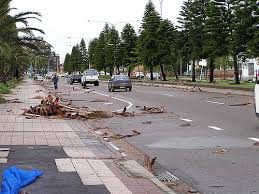
 When the sun sets, our eyes go from color to black and white, like changing the film in a camera. Your night vision works differently from your day vision, so you may have good day vision but bad night vision. Since we are not night animals, our night vision is not very good.
When the sun sets, our eyes go from color to black and white, like changing the film in a camera. Your night vision works differently from your day vision, so you may have good day vision but bad night vision. Since we are not night animals, our night vision is not very good.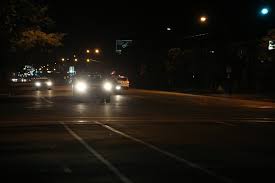
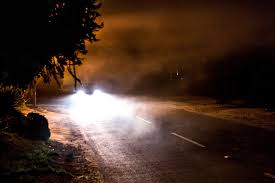
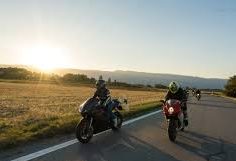
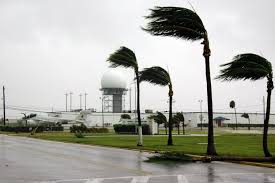
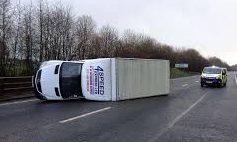
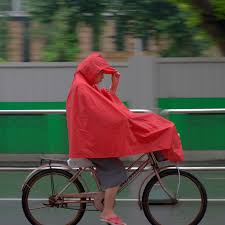
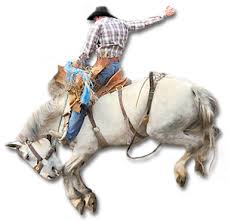
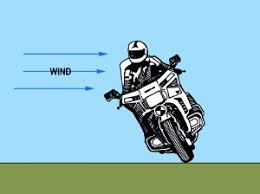

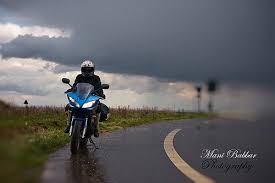

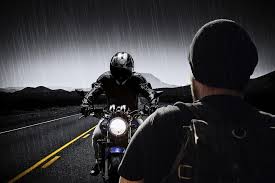


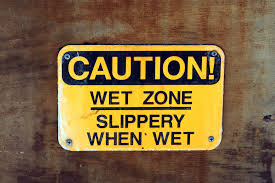
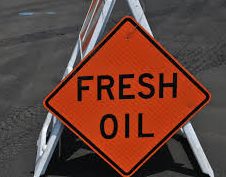

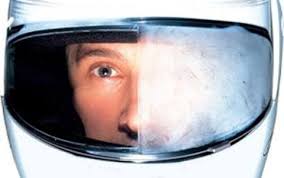
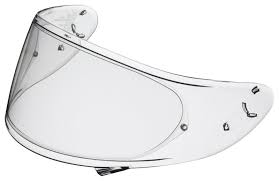

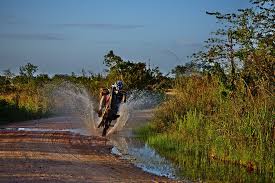
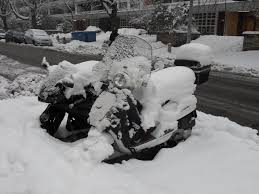
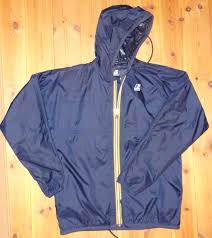


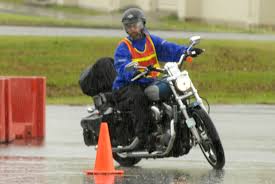
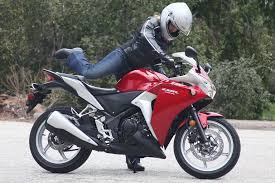
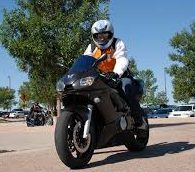
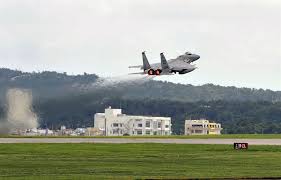 Don’t worry if you get it wrong first time – it takes practice. When you take off, you need power to accelerate to a safe speed quickly, like when a plane takes off it needs plenty of power to get airborne. At take off, your speed is low because you start at speed zero, but your acceleration is high. Take off involves high acceleration, so if you are on a slippery surface, like a white line, or in gravel, you can easily skid. If you skid while perfectly straight the back wheel spins in place, but any lean and it slides out left or right and you fall off.
Don’t worry if you get it wrong first time – it takes practice. When you take off, you need power to accelerate to a safe speed quickly, like when a plane takes off it needs plenty of power to get airborne. At take off, your speed is low because you start at speed zero, but your acceleration is high. Take off involves high acceleration, so if you are on a slippery surface, like a white line, or in gravel, you can easily skid. If you skid while perfectly straight the back wheel spins in place, but any lean and it slides out left or right and you fall off.
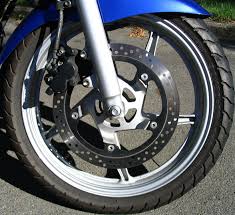
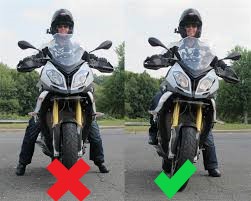
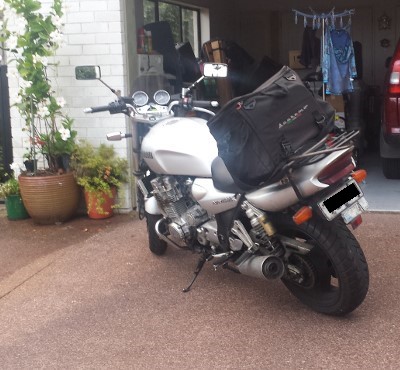
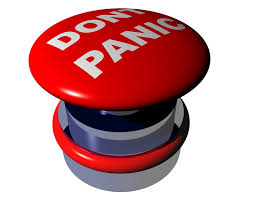
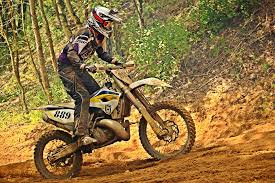
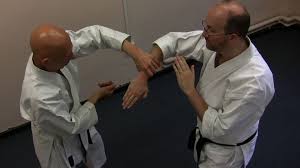
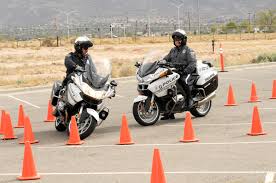
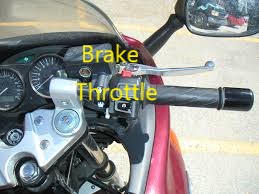
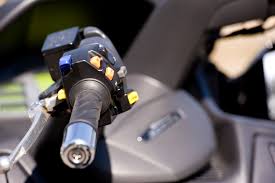
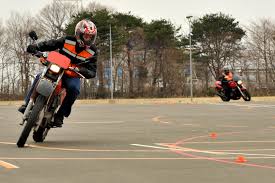
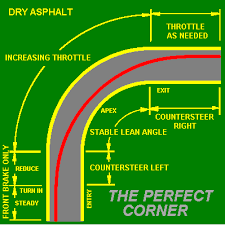
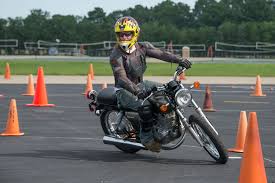


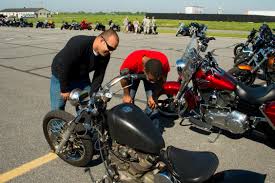
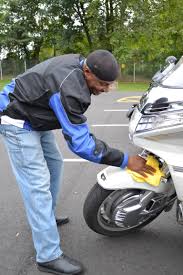
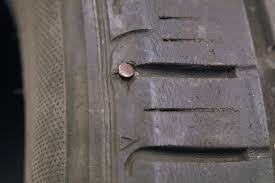
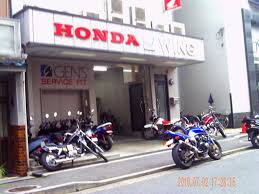
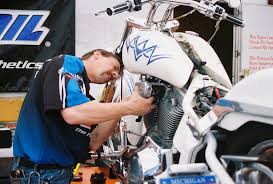
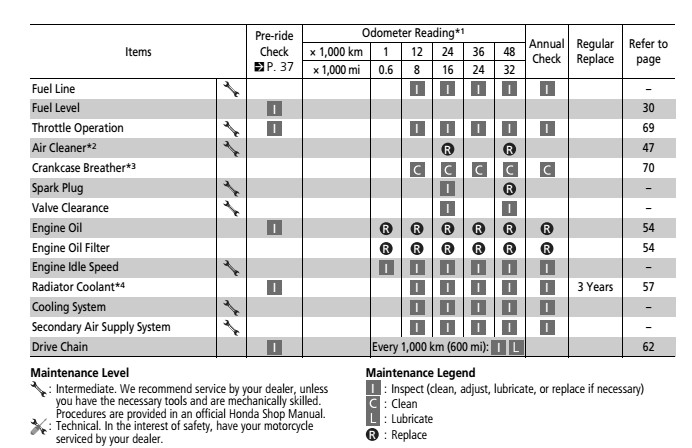

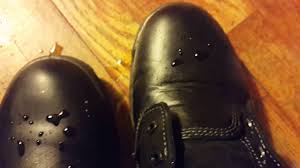
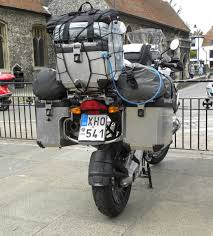

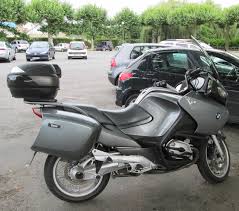
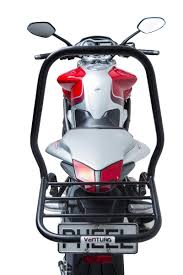
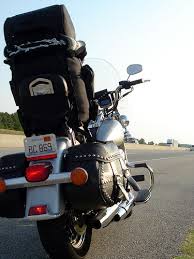
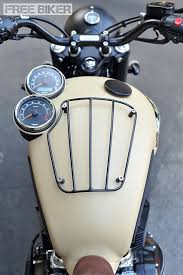



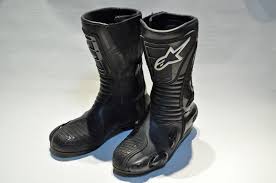
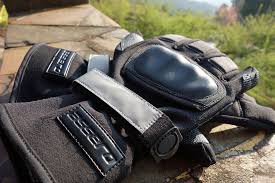
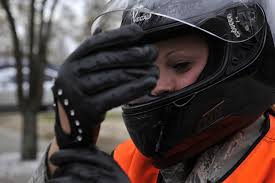
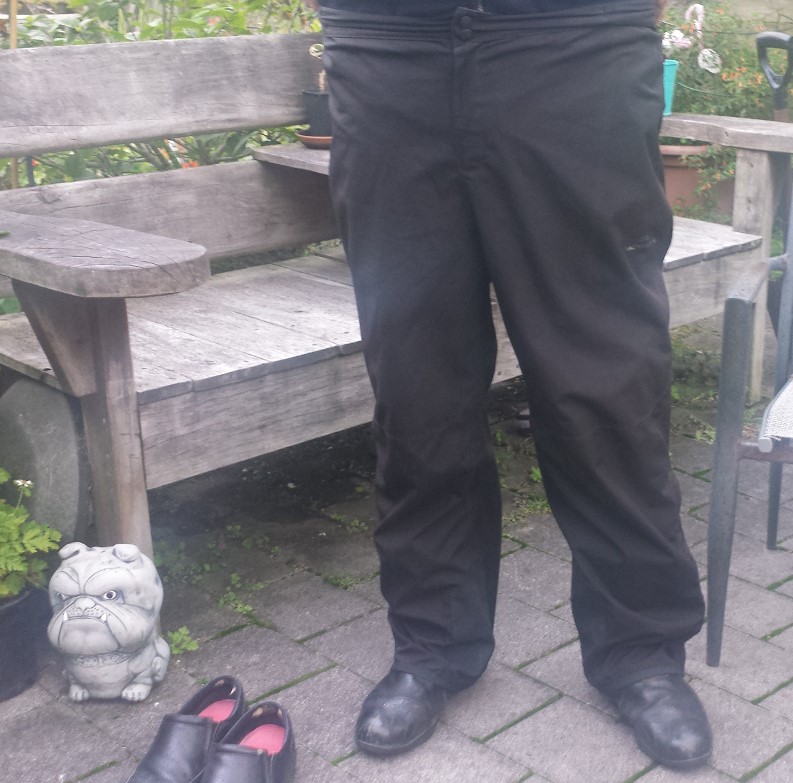
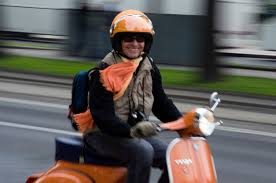
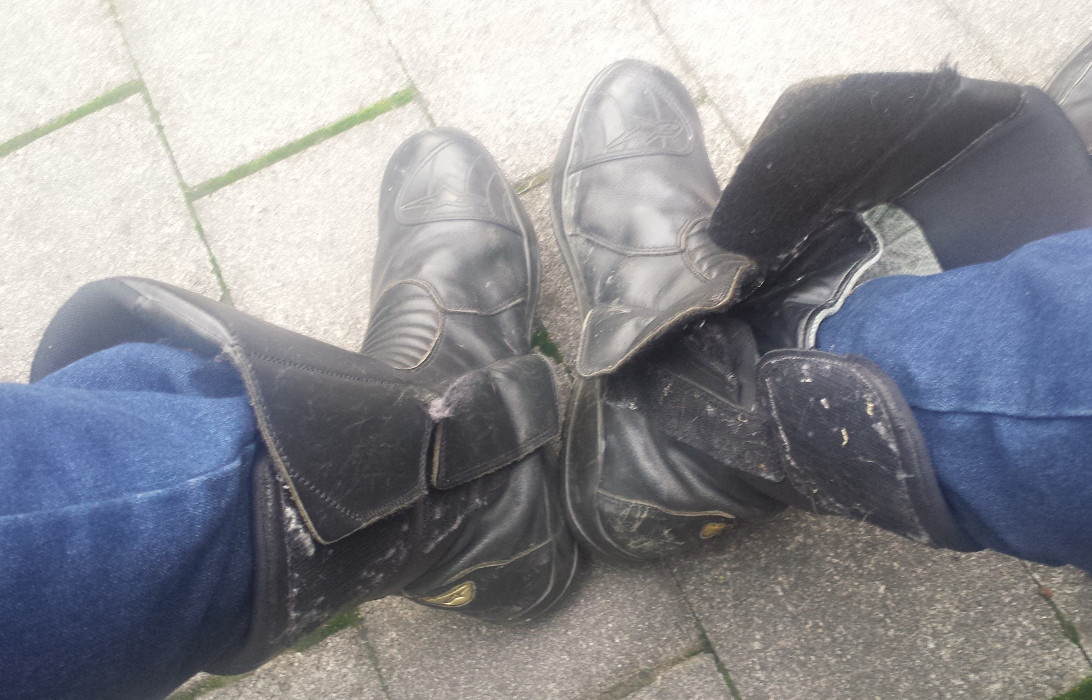
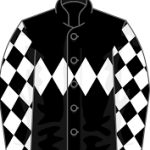 Without a good riding jacket, you can be cold, wet, wind-burnt, sun-burned and injured. The riding jacket separates the pro’s from the bro’s. A motorcycle jacket has no hood, as the helmet keeps the head dry. A jacket is your most expensive gear, but after the helmet it is the most important for safety so it pays to get it right. It costs the most because it must be
Without a good riding jacket, you can be cold, wet, wind-burnt, sun-burned and injured. The riding jacket separates the pro’s from the bro’s. A motorcycle jacket has no hood, as the helmet keeps the head dry. A jacket is your most expensive gear, but after the helmet it is the most important for safety so it pays to get it right. It costs the most because it must be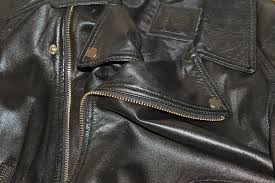
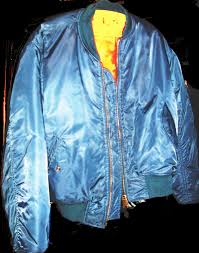
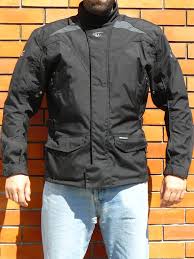
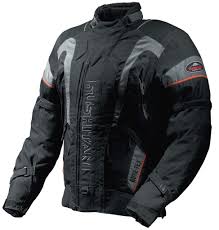



 To protect your head, get a full face helmet as most head accidents involve the face. It protects your face and chin from damage and also keeps out wind and road noise. A full-face helmet protects from flying road debris, like stones thrown up by cars. Your eyes are too fragile to ride at speed without a visor. You can buy goggles, but why bother? It is just one more thing to worry about. Wind rush affects your eyes, ears (the noise) and skin. A full-face helmet protects all your head from all the turmoil of riding. Your brain deserves a full-face helmet.
To protect your head, get a full face helmet as most head accidents involve the face. It protects your face and chin from damage and also keeps out wind and road noise. A full-face helmet protects from flying road debris, like stones thrown up by cars. Your eyes are too fragile to ride at speed without a visor. You can buy goggles, but why bother? It is just one more thing to worry about. Wind rush affects your eyes, ears (the noise) and skin. A full-face helmet protects all your head from all the turmoil of riding. Your brain deserves a full-face helmet.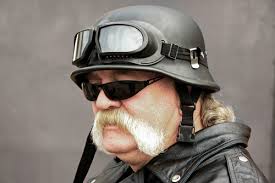
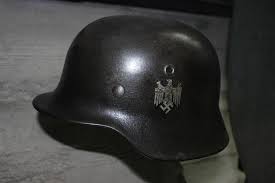
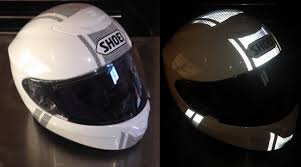
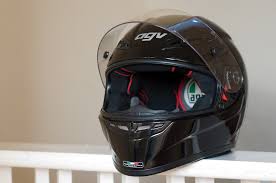
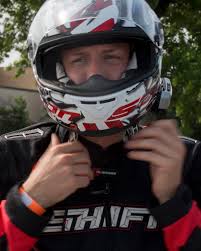
 Gear keeps you warm and protects you from bad conditions! It has two main purposes: protection and comfort. Protection reduces your damage in an accident. Comfort is part of safety because discomfort is distraction and distraction causes accidents. Remember, any fool can be wet, cold and miserable.
Gear keeps you warm and protects you from bad conditions! It has two main purposes: protection and comfort. Protection reduces your damage in an accident. Comfort is part of safety because discomfort is distraction and distraction causes accidents. Remember, any fool can be wet, cold and miserable.